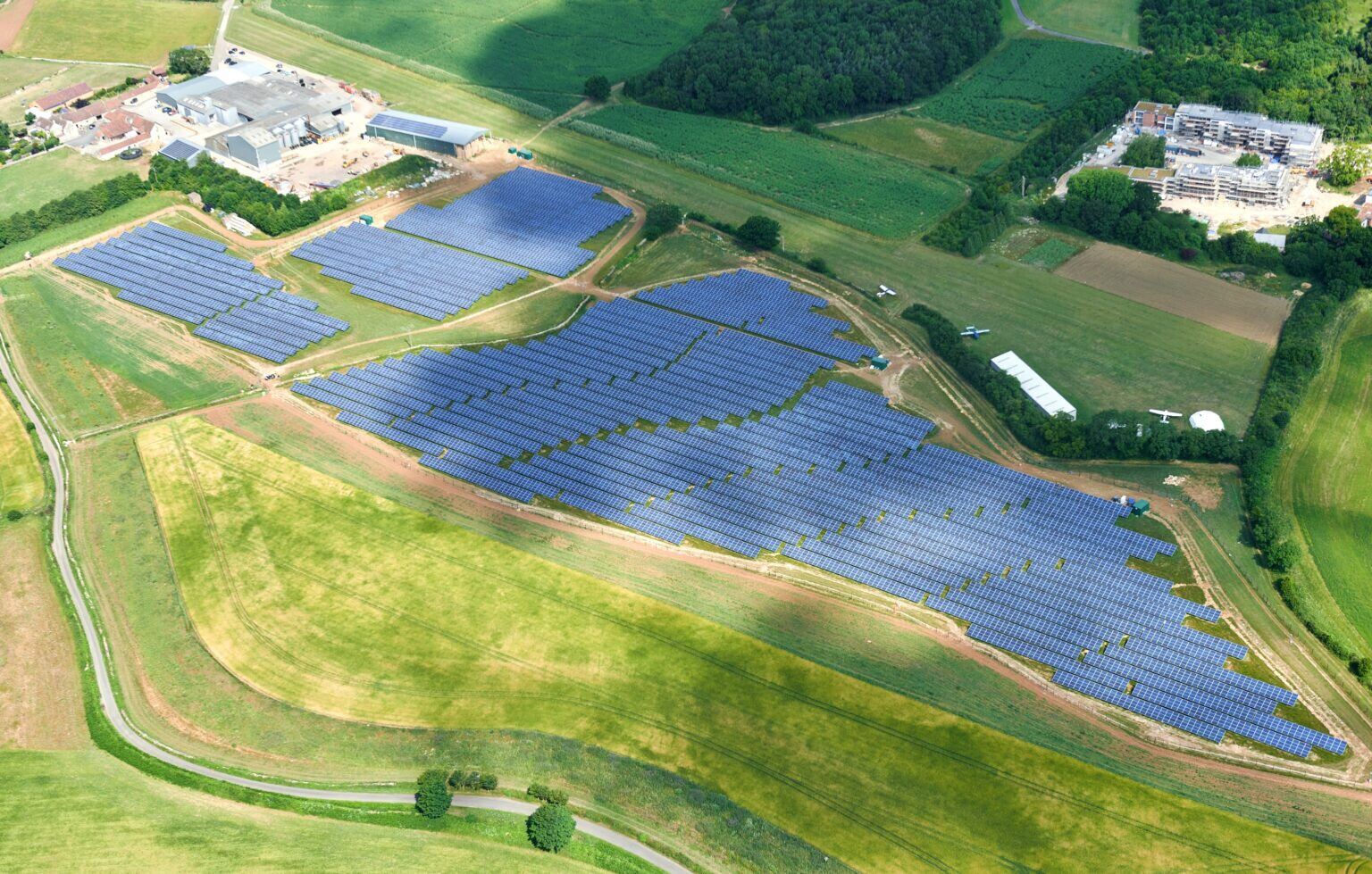
Could projects like this be possible without subsidy?
‘It looks like we weren’t the only ones who took a somewhat sharp intake of breath when the government announced renewable energy subsidy cuts on 22nd July. The industry as a whole went into a panic and the news was awash with doom and gloom headlines but what does it really mean? are renewables a good political football or is it just about regulating an industry?
The upshot of the changes are that the Renewables Obligation (RO) subsidy scheme will stop paying out to solar farms with less than 5MW of capacity from April next year. There are many that will welcome this cut as they did earlier in the year when landowners stopped receiving subsidies for large fields of solar – this still remains a contentious issue of nature vs renewables.
Perhaps the real worry within the renewable industry is the launch of a formal review of the feed-in tariff (FiT) incentive scheme. There have already been predictions on the percentage drop of the FiT and although some sources say it could be as much as 25% the more likely scenario is around 3.5%.
These changes are all in aid of reducing the Government overspend and to help reduce household energy bills – sounds logical on the surface. When you dig a litter deeper it seems the saving on the average energy bill will be around 0.7% which could be as little as £3 a year – this doesn’t seem much to pay for the generation of clean renewable energy, safe guarding our future reliance on fossil fuels.
When you compare this to Nuclear power for instance which as an industry has seen its subsidies rise to over £17bn over a much longer lifetime, it seems a drop in the ocean of the £1.5bn savings needed in renewables. Ultimately this does beg the question – are we being persuaded to believe that Climate change isn’t happening?? If not, it’s a puzzling message to send out prior to the Climate Change Conference in Paris at the end of the year. Furthermore, with US President Obama’s recent Clean Power Plan to reduce CO2 emissions by 32% by 2030 and to impose state wide emission-cutting goals, it seems even the America are at odds with the UK’s recent rhetoric.
Clean renewable energy shouldn’t be a luxury for the few but a necessity for the future of many. These cuts could damage the renewables industry and potentially increase the cost of solar which has been dropping in recent years due to take up.
Source: Good Energy
Perhaps the fall in prices could mean solar can exist without subsidies but it will take a while to know for sure and in the meantime the incentives that encouraged take up are being reduced which could mean a reduction in customers seeing the still viable benefits. On the other hand could we see a future where new clean energies are harnessed such as tidal power? Good Energy has released new perspectives on a clean energy mix which could be a roadmap for the future of the renewables industry.
Oakray Renewables still have a busy year ahead as customers book their installations before any FiT changes and before the April 2016 large scale ground mount cut off.
We now wait with baited breath to see what happens next with further news expected in early 2016, but the low carbon sector has weathered many a storm and as a recent peak shows, solar can generate around 15% of UK electricity demand – clean energy is certainly worth fighting for.’
Kate Wells
Sources: Solar Trade Association